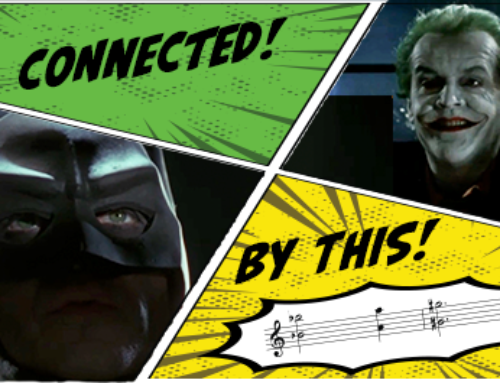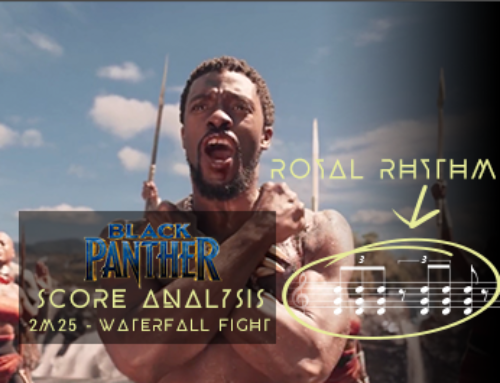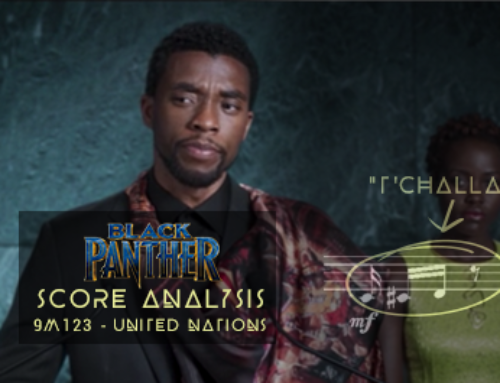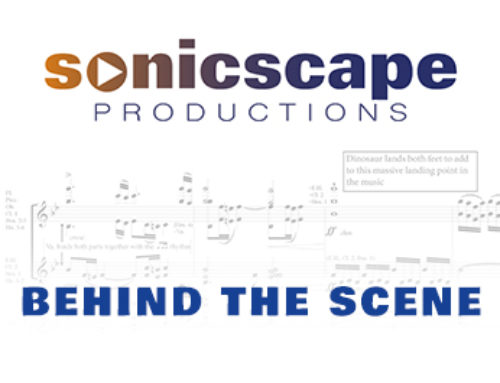Beginning in the late 1800s, when silent films captivated audiences around the globe, arguably the most important character in each film were the live musicians, architecturally conceiving a sonic palate to accompany each cinematic experience and setting an emotional compass for the film. The role of music in a film is paramount. Through style, musical idiom and harmonic language, music becomes the heart of any movie and infuses life in every frame.
Film scores ensure there’s no expiration date to one’s movie-going experience. Long after the credits have ended, the soundtrack provides countless opportunities to be transported back into a world dreamed up by the most passionate and creative minds in the entertainment industry – reliving your favorite moments, characters and scenes for years to come. This is the true power of music in film.
Experiencing each of these samples with and without music will illustrate the influence and magnitude of the film’s score and how the director wants you to feel about characters and situations within the movie.
Main Titles
Main titles set the tone for the film and the emotions the composer wants the audience to feel at the onset of the screening. I invite you to mute and unmute this first sample, 2001: A Space Odyssey (1968). Its opening is set to Richard Strauss’ Also sprach Zarathustra and defines the weight and emotion of the opening scene. (In fact, nearly half of the film’s music appears before the first line of dialogue ever takes place!)
Scenes
Scenes are a snapshot of emotion often shared by characters within a film. The role of music in each of the following scenes help to showcase certain emotions dictated by the director. Whether it’s the budding romance between Peter Peters (“Petrov”) and Linda Keene in Shall We Dance (1937) or Dominick Cobb (“Dom”) working to extract vital information through a shared dream world in Inception (2010), music offers invaluable emotional cues on how to feel, and provides a sense of place.
Shall We Dance (1937)
Inception (2010)
Bonus
Here are two of my favorite examples of scenes set without music. Feelings of emptiness, awkwardness, and loss of awe-inspiring moments have taken place in these two otherwise very powerful scenes (I dare you to hold your laugh in at Chewbaca’s voice!).
Star Wars (1977); Throne Room, Music by John Williams
Without Music
Original Scene
Jurassic Park (1993); Journey to the Island, Music by John Williams
Without Music
Original Scene
All in all, I hope these examples have allowed you to understand the influence of music and how it has helped to define many of the most beloved characters in cinema.






Leave A Comment